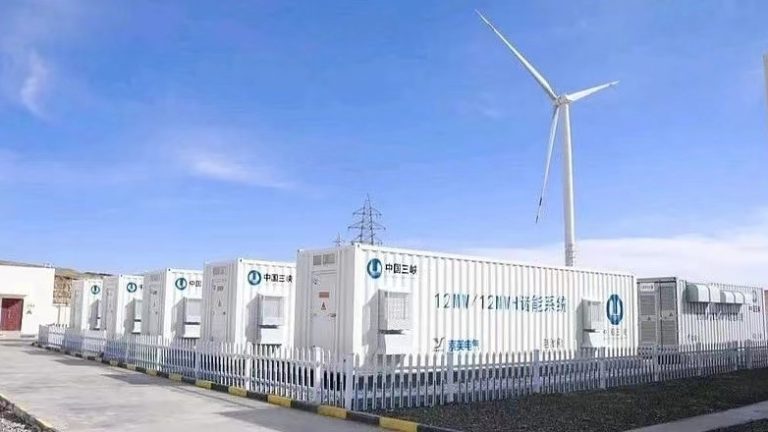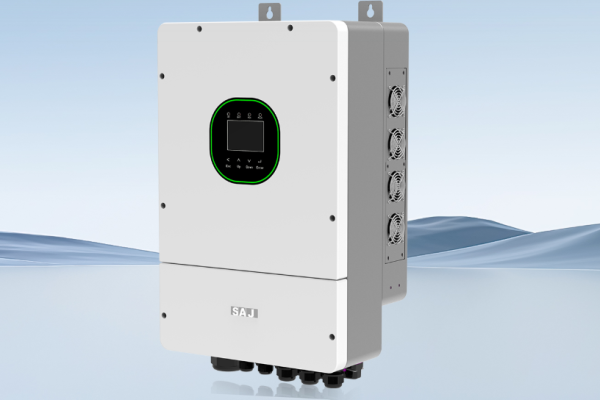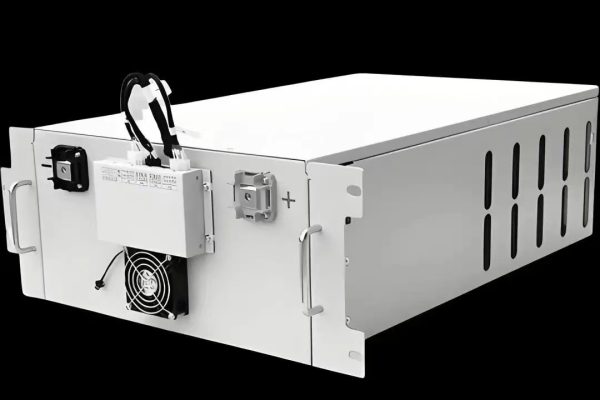How PV + Storage Businesses Can Win Trust Through Real-World Proof
1. Why Case Studies Matter in the Energy Sector
In solar + energy storage sales, technical credibility is just as important as price.
For many potential customers — whether they are small commercial project owners or local government buyers — the deciding factor is often:
“Has this company successfully delivered a project like mine before?”
Case studies are proof that you can design, supply, and support working systems that meet specific needs. Done well, they can:
- Shorten decision-making cycles
- Reduce buyer skepticism
- Help partners sell your solution in their local market
- Justify premium pricing
2. What Makes a Strong Technical Case Study?
A good case study is more than a photo and a system size. It should be:
- Specific – Include technical specs and conditions (e.g., “100 kW PV + 200 kWh LiFePO₄ storage, 30 kVA hybrid inverter”).
- Challenge-Focused – Show the problem the customer faced.
- Solution-Oriented – Explain why your system design worked.
- Outcome-Driven – Include measurable results.
Example: Instead of saying “Customer reduced grid use”, say:
“Customer reduced peak-hour grid imports by 65%, saving approximately $1,200/month.”
3. Choosing the Right Projects to Highlight
Not every installation makes a good case study. Select projects that:
- Represent your target market (e.g., small C&I, off-grid rural sites, cold storage facilities)
- Show technical diversity (different inverter brands, multiple battery chemistries)
- Include clear benefits that your competitors can’t easily match
- Are in regions with similar regulations to your prospects
4. Structuring Your Case Study
Here’s a proven structure for PV+storage case studies:
- Project Overview
- Location, customer type, and project date
- System size (PV kW, battery kWh, inverter type)
- Customer Challenge
- Energy costs, reliability issues, or operational needs
- Environmental conditions (high temperature, unstable grid)
- Our Solution
- System configuration
- Special design choices (fire safety, EMS, redundancy)
- Integration process with existing infrastructure
- Results
- Performance data (energy savings, downtime reduction)
- Return on investment timeline
- Any certifications or compliance milestones
- Customer Feedback(if possible)
- Direct quotes to make the story relatable
5. Making Case Studies Technically Credible
To avoid looking like generic marketing material:
- Include system diagrams (simplified for readability)
- Mention brands/models of major components when appropriate
- Share data charts from monitoring systems
- Reference relevant standards (IEC, UL, local codes)
6. Presenting Case Studies for Maximum Impact
You can use your case studies in multiple formats:
- Downloadable PDFs for sales meetings
- Web landing pages optimized for search keywords
- Short LinkedIn posts highlighting one key metric
- Conference presentations for industry credibility
- Video walk-throughs with the project team
7. Updating and Expanding Over Time
Case studies don’t have to be one-off.
- Update performance data after 6–12 months
- Add new photos once vegetation grows or buildings are complete
- Create follow-up stories when the customer expands capacity
8. Proof Sells Better Than Promises
In PV + storage sales, your technical expertise is invisible until you show it in action.
By investing in well-structured, data-rich case studies, you give potential customers the confidence to choose you over cheaper, less proven competitors.
Case studies turn your portfolio into a sales engine that works even when you’re not in the room.









